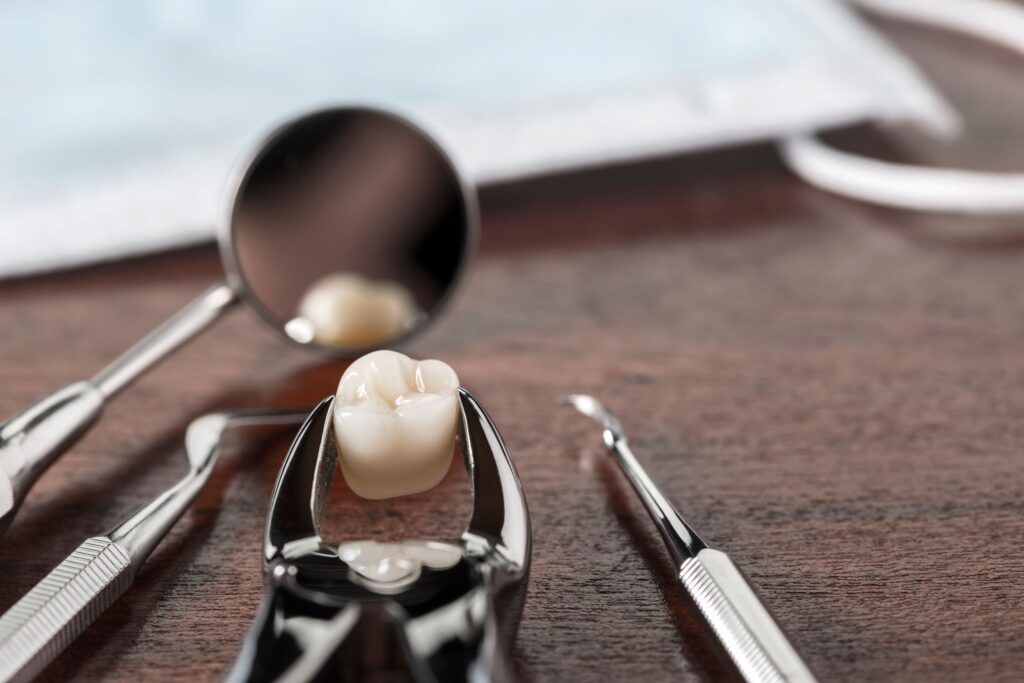
Many people experience anxiety around having a troublesome wisdom tooth extracted, even when they know it’s necessary to preserve their oral health. These late-to-arrive molars are notorious for causing various issues, so they’re removed more often than not. However, you might worry that the procedure will hurt, or have questions about what recovery is like.
If you’re unsure what healing looks like following your wisdom tooth extraction, continue reading to learn more about what to expect and what a typical timeline might look like!
After 24 Hours
It’s normal to feel scared that your procedure might hurt, but your provider will provide a local anesthetic and/or sedation to help you feel calm and comfortable the entire time. That means you don’t have to worry about potential aches until those medications wear off.
Your mouth needs to form a blood clot over the recently exposed bone and nerve tissues to prevent potential side effects, such as an infection or dry socket. Bleeding in the first few hours after your treatment is normal, but you should keep clean gauze on the wound to slow the flow. Then, you should avoid eating solid foods or brushing and flossing, which could damage or dislodge the clot. Instead, stick to a liquid diet at first, and rinse your mouth gently with lukewarm or room temperature salt water to keep it clean.
After a Few Days
It’s normal to experience soreness and swelling for several days after your appointment. Usually, you can safely reduce aches with over-the-counter medications, like Tylenol or ibuprofen. You can resume eating soft foods that aren’t likely to irritate your already tender gums, like scrambled eggs, mashed potatoes, yogurt, or blended smoothies.
Be sure to drink plenty of water to hydrate your body and boost your immune system, but avoid using straws. The force of suction of drawing up through the small tube can dislodge your blood clot. You can likely safely resume your usual activities after two to three days, as long as you avoid rigorous activities that elevate your heart rate.
After a Couple of Weeks
Associated aches and inflammation typically fade after the first week, meaning it likely won’t be long before you start to feel much more comfortable. By now, you can typically be functioning and eating normally. However, if you are experiencing persistent or severe pain, you should contact your oral surgeon so they can examine your condition to ensure you’re healing as intended.
Your provider will give you a more detailed list of post-operative directions that are intended to help you recover as quickly as possible while avoiding potential complications!
Meet the Author
Dr. Hasnain Shinwari has 15 years of experience providing various complex procedures needed to help patients build and maintain beautiful, healthy smiles. He earned his dental degree at the University of Peshawar in Pakistan and has since completed additional training in Oral and Maxillofacial Surgery at Boston University. Today, his caring approach is combined with advanced technology to help with everything from rebuilding smiles with dental implants to removing problematic wisdom teeth. You can request an appointment on the website or call (703) 574-4717.

